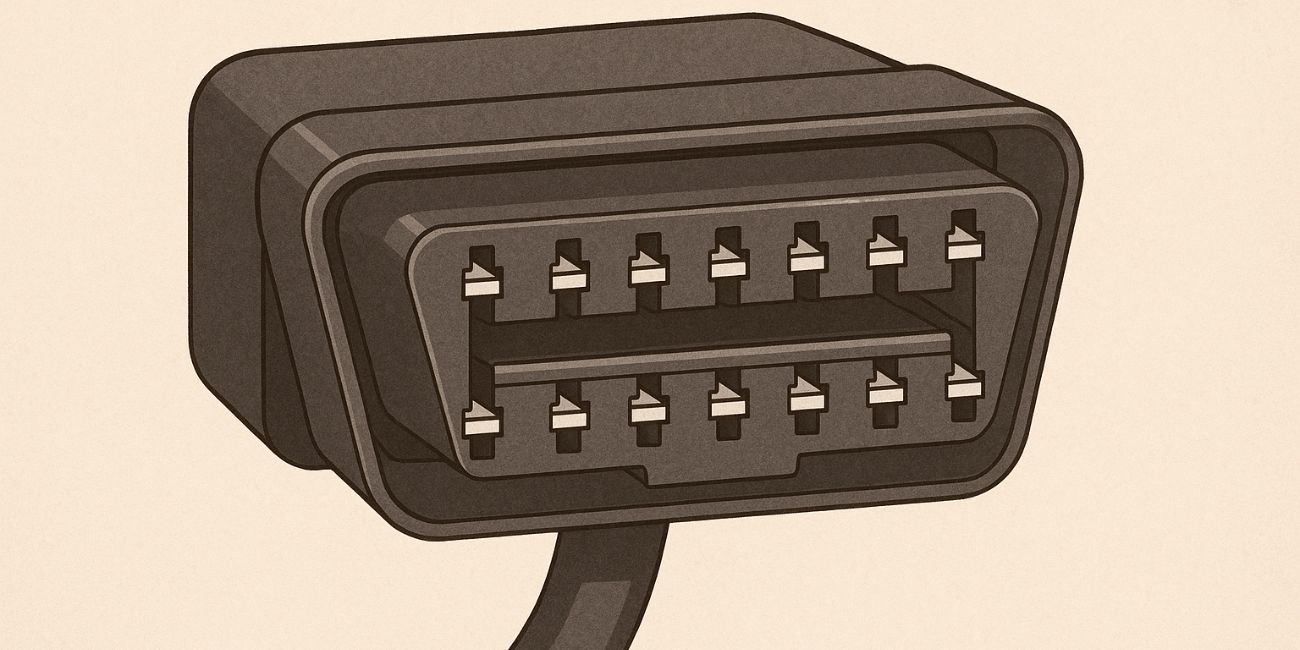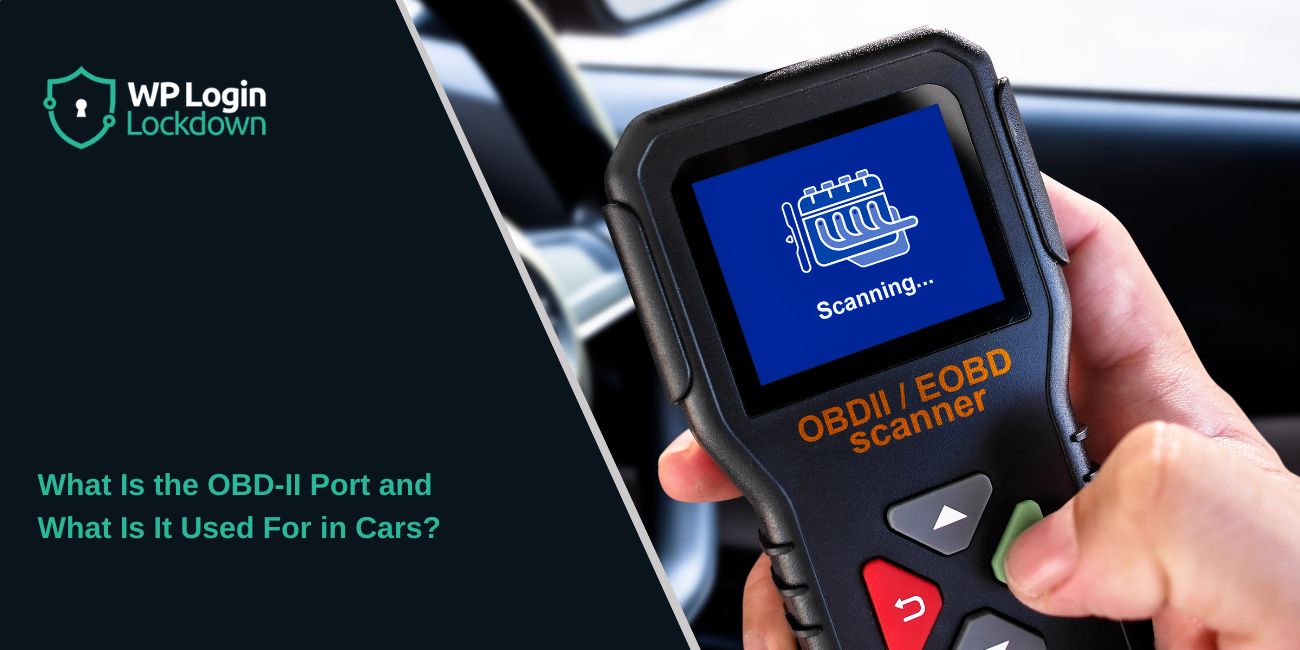Every car built since 1996 in the United States has an OBD-II port. This small connector hides under the dashboard, yet it plays a big role in car diagnostics, emissions, and repair. Drivers, mechanics, and inspectors all use it to understand what’s happening inside a vehicle’s computer system.
What Is the OBD-II Port?
 OBD stands for On-Board Diagnostics. The second generation, OBD-II, became mandatory in 1996 for all light-duty cars and trucks in the U.S. Similar standards were later adopted in Europe and other regions.
OBD stands for On-Board Diagnostics. The second generation, OBD-II, became mandatory in 1996 for all light-duty cars and trucks in the U.S. Similar standards were later adopted in Europe and other regions.
Compared to the older OBD-I system, OBD-II is more advanced and standardized. That means the same scanner can work on different makes and models, whether it’s a Honda, Ford, Toyota, or Chevrolet. The port connects directly to the car’s ECU (Engine Control Unit), which stores information about performance, emissions, and faults.
Where Can You Find the OBD-II Port?
The OBD-II port is usually inside the car, below the steering wheel, and close to the driver’s seat. In most cars, it sits under the dashboard, near the pedals. Some vehicles place it slightly to the right, near the center console.
It’s always within two feet of the driver’s area, as required by regulation. The connector looks like a trapezoid with 16 pins.
What Is the OBD-II Port Used For?
The port gives access to a wide range of data and codes. Mechanics, inspectors, and even drivers use it for different reasons:
- Reading Diagnostic Trouble Codes (DTCs) when the check engine light turns on.
- Monitoring emissions to ensure compliance with EPA and CARB standards.
- Checking fuel systems and oxygen sensors.
- Measuring performance data, like engine RPM, coolant temperature, and throttle position.
- Connecting devices such as scanners or Bluetooth dongles.
This small port is like a gateway to the car’s health report.
Tools That Connect to the OBD-II Port
Different tools connect to the port depending on who’s using it.
- Handheld OBD-II Scanners: Simple code readers available at auto shops.
- Bluetooth Dongles: Small devices that pair with smartphone apps to show live car data.
- Professional Diagnostic Equipment: Used by certified mechanics at dealerships or repair centers for advanced testing.
Apps such as Torque or Car Scanner let everyday drivers see real-time performance data right on their phones.
Everyday Benefits for Drivers
You don’t have to be a mechanic to benefit from the OBD-II port. Many drivers use it to:
- Spot problems early before they turn into expensive repairs.
- Understand why the check engine light is on instead of guessing.
- Track fuel efficiency and adjust driving habits.
- Clear minor error codes after fixing simple issues like loose gas caps.
With affordable Bluetooth adapters, anyone can turn their phone into a car diagnostic tool.
OBD-II and Emissions Regulations
The OBD-II system goes beyond repairs. It plays a central role in making sure vehicles meet environmental standards. Every modern car must report data about emissions systems through this port.
In the United States, the Environmental Protection Agency (EPA) and the California Air Resources Board (CARB) made OBD-II mandatory in 1996. Their goal was simple: reduce pollution by giving inspectors a clear window into a vehicle’s emission performance.
When a car goes for an annual or biennial inspection, the technician connects directly to the OBD-II port. Instead of guessing, the system reports whether the fuel system, catalytic converter, and oxygen sensors are working correctly.
If the car fails the test, the stored data points straight to the faulty system. This makes repairs faster and prevents vehicles that pollute too much from staying on the road. By linking car computers with environmental regulations, OBD-II has become a critical tool in keeping the air cleaner.
Conclusion
The OBD-II port is a small but powerful feature in every modern vehicle. It allows mechanics to diagnose problems, regulators to enforce emissions laws, and drivers to understand their car better. From saving money on repairs to keeping cars eco-friendly, this port is a vital bridge between technology and the road.
If you’ve ever used an OBD-II scanner or app, share your experience. It might help other drivers who want to learn more about their own cars.



